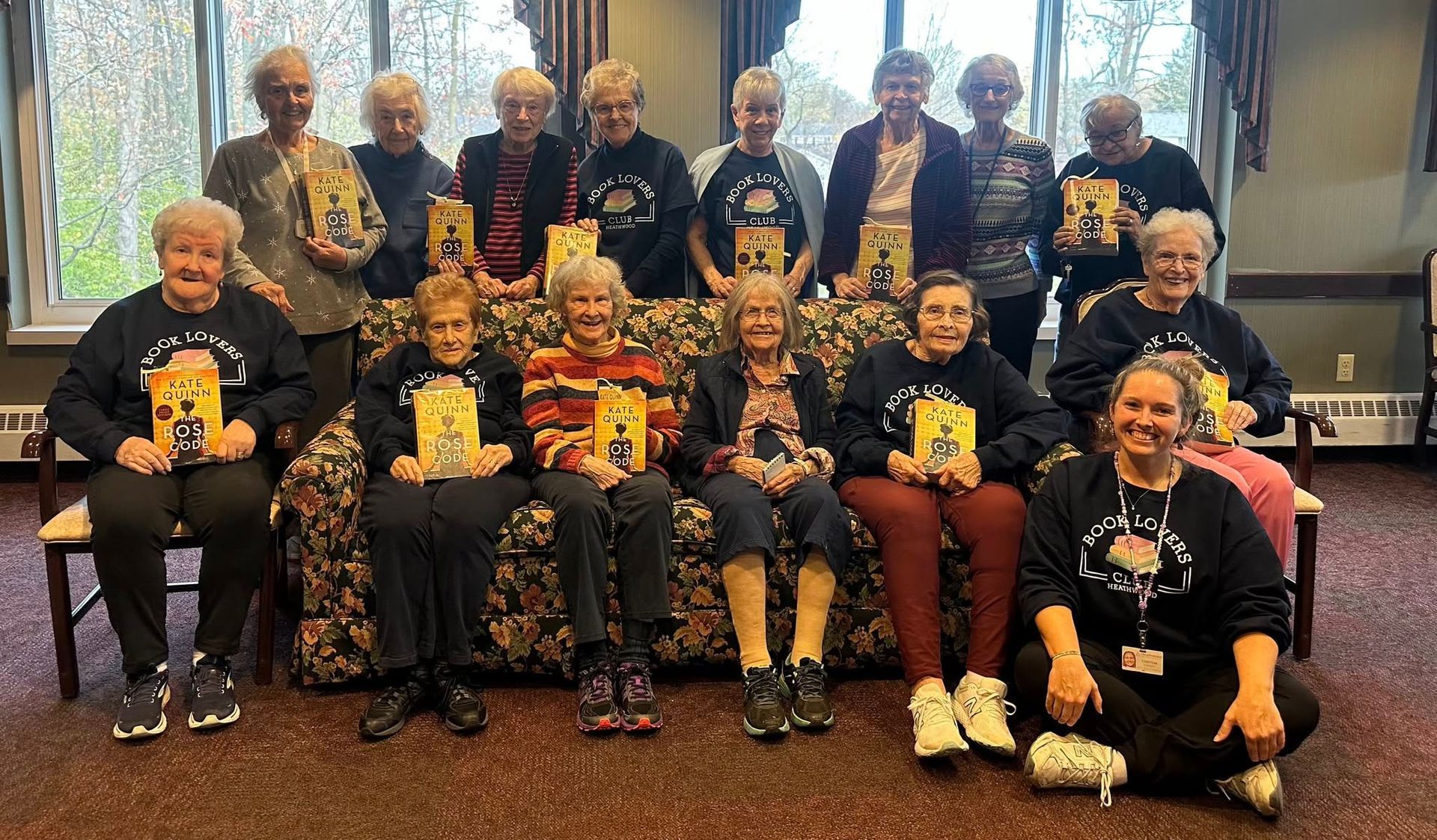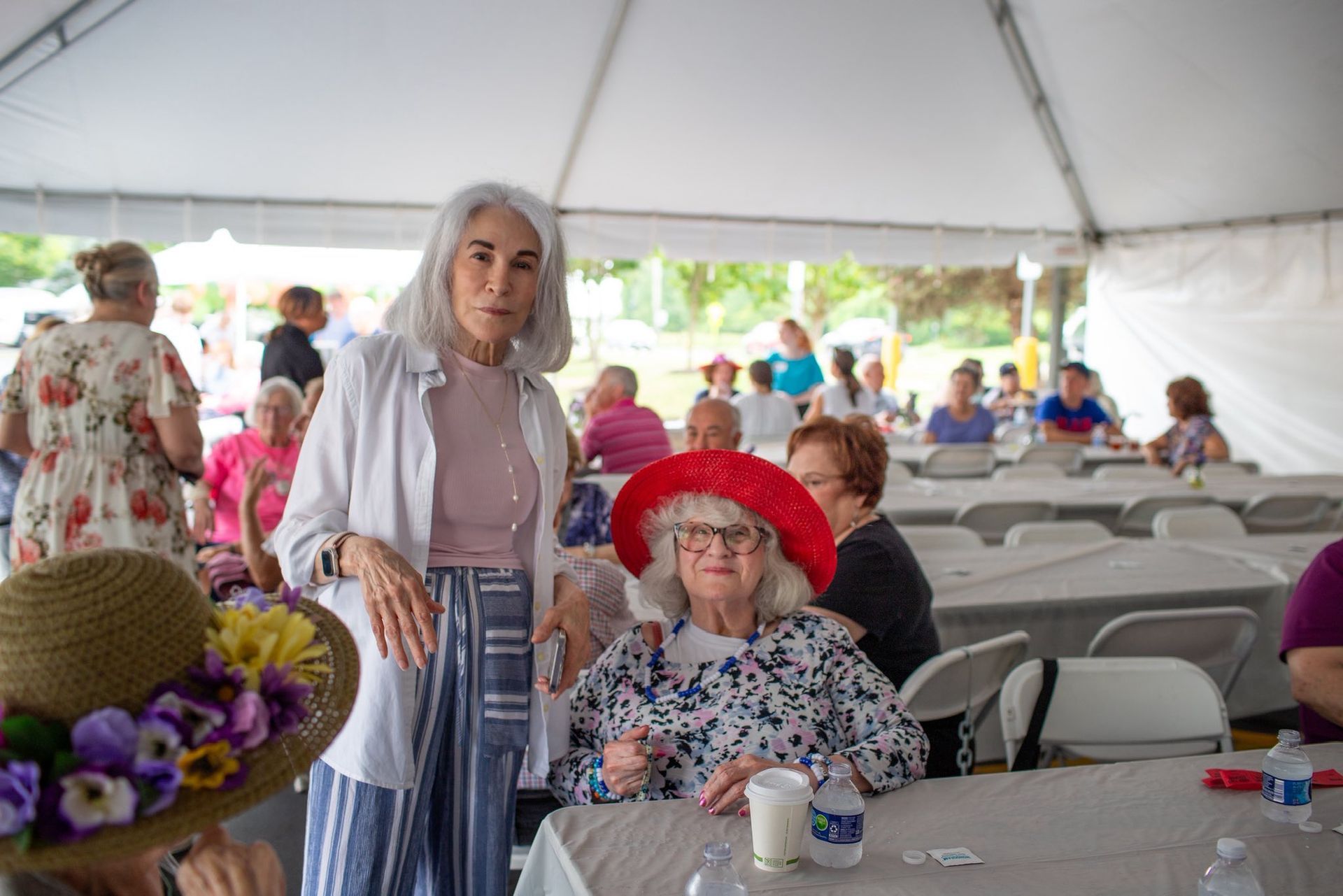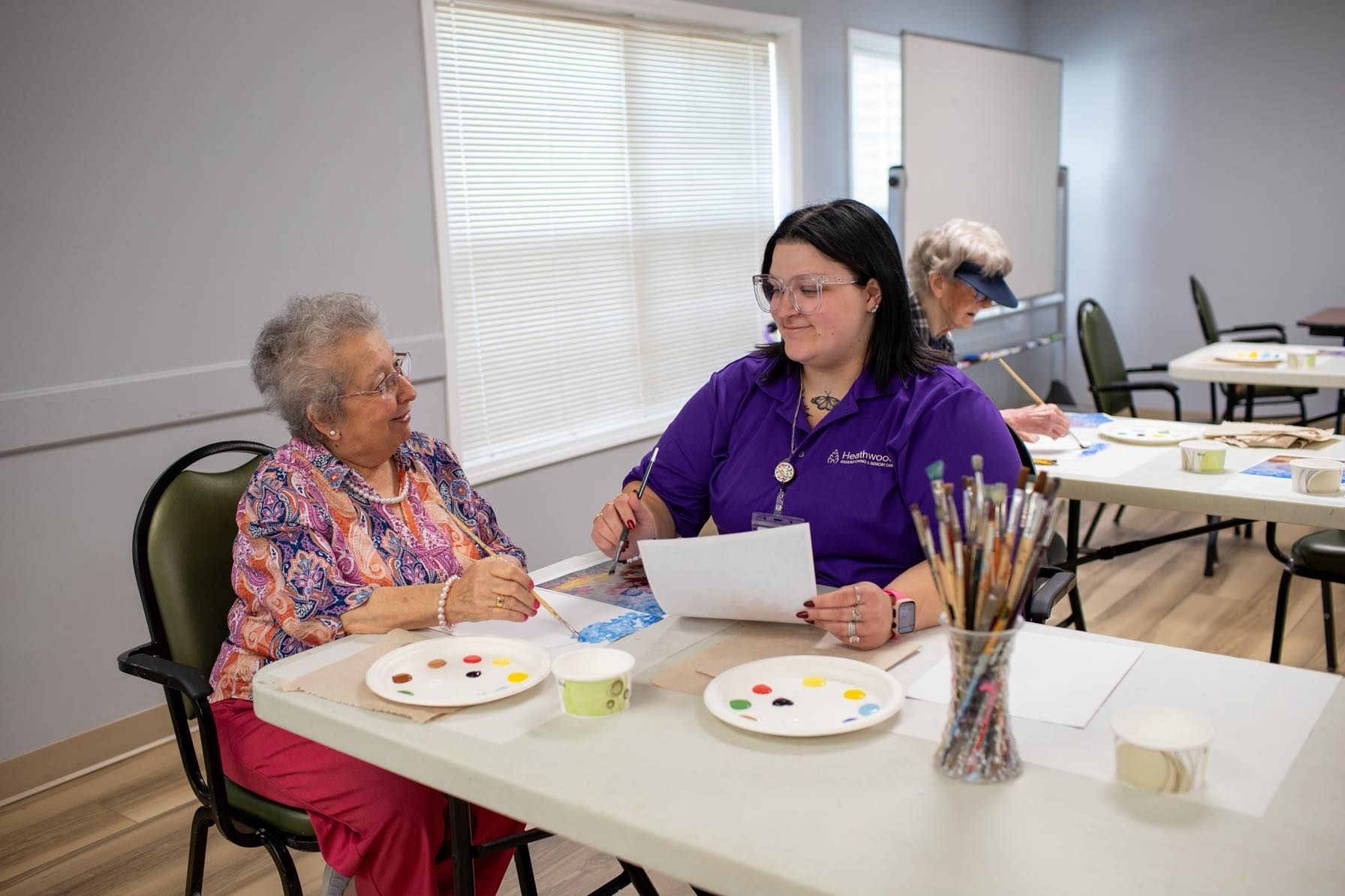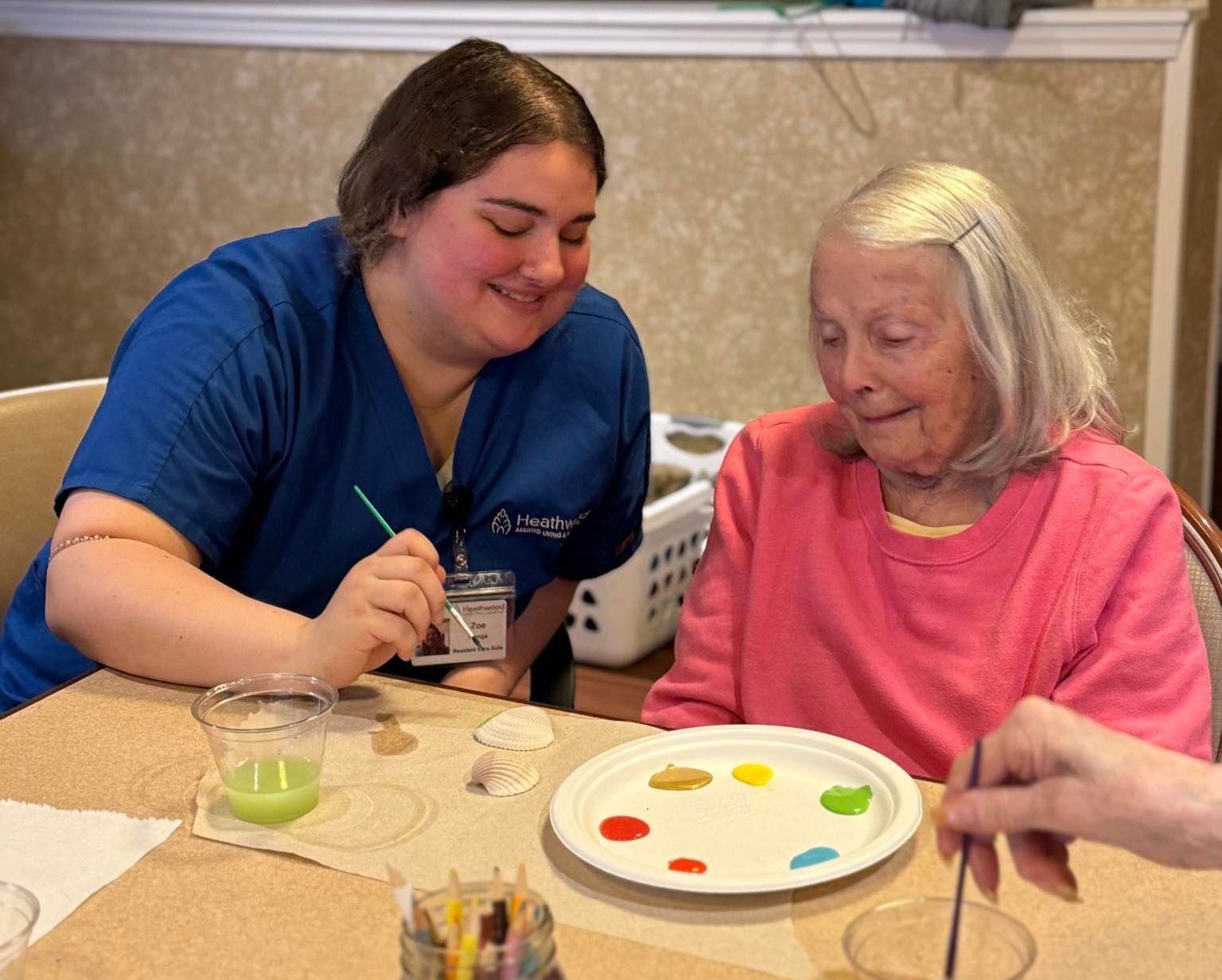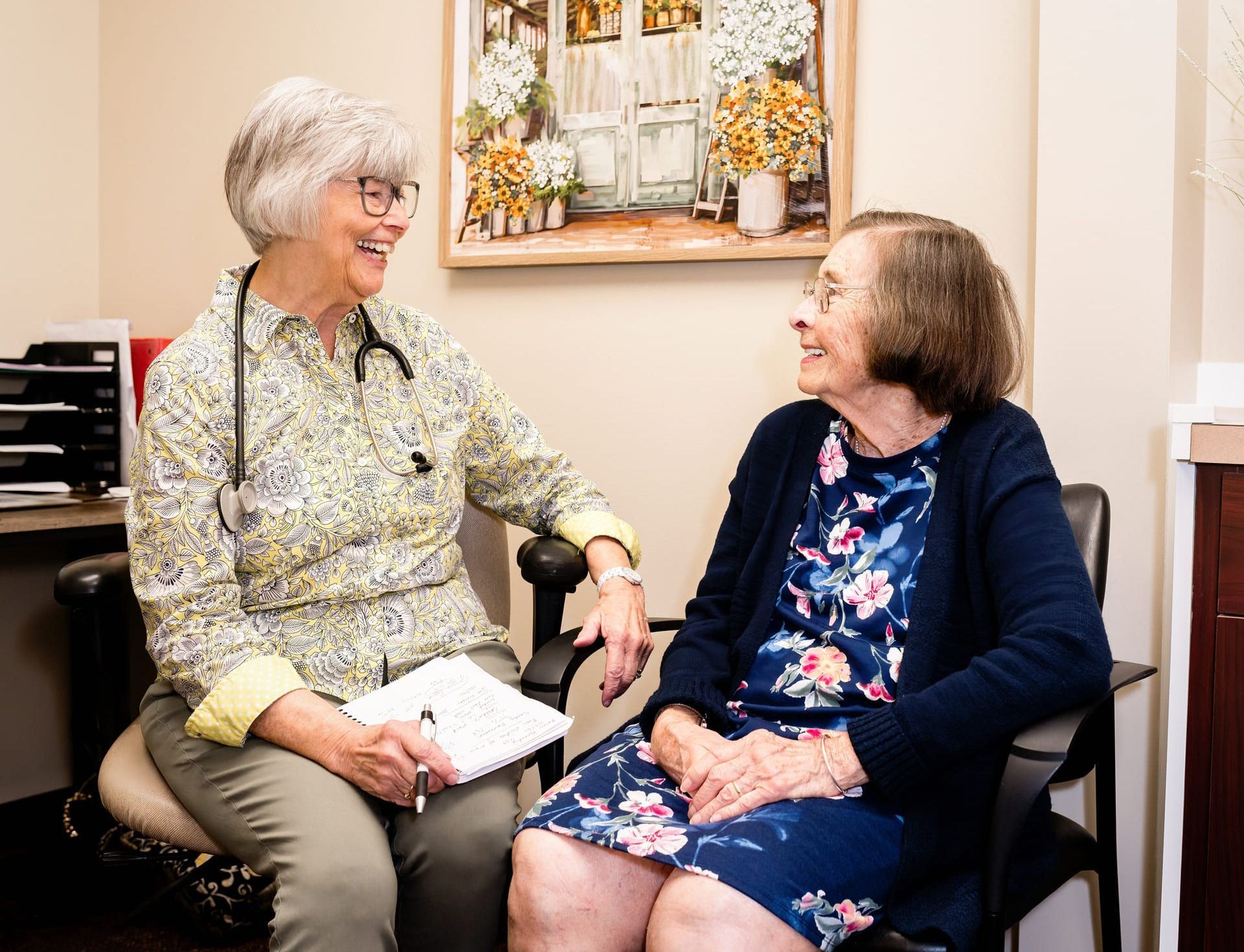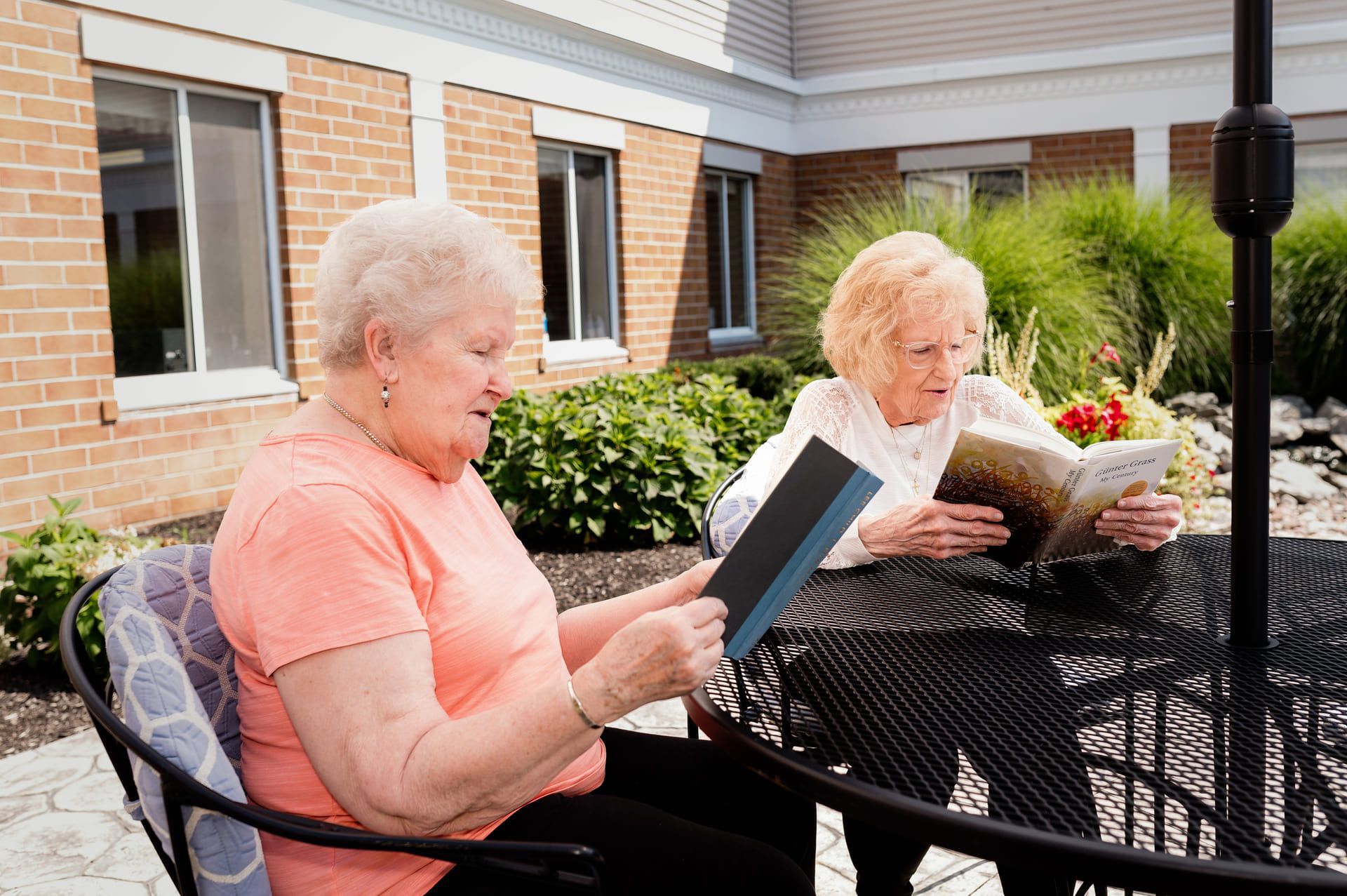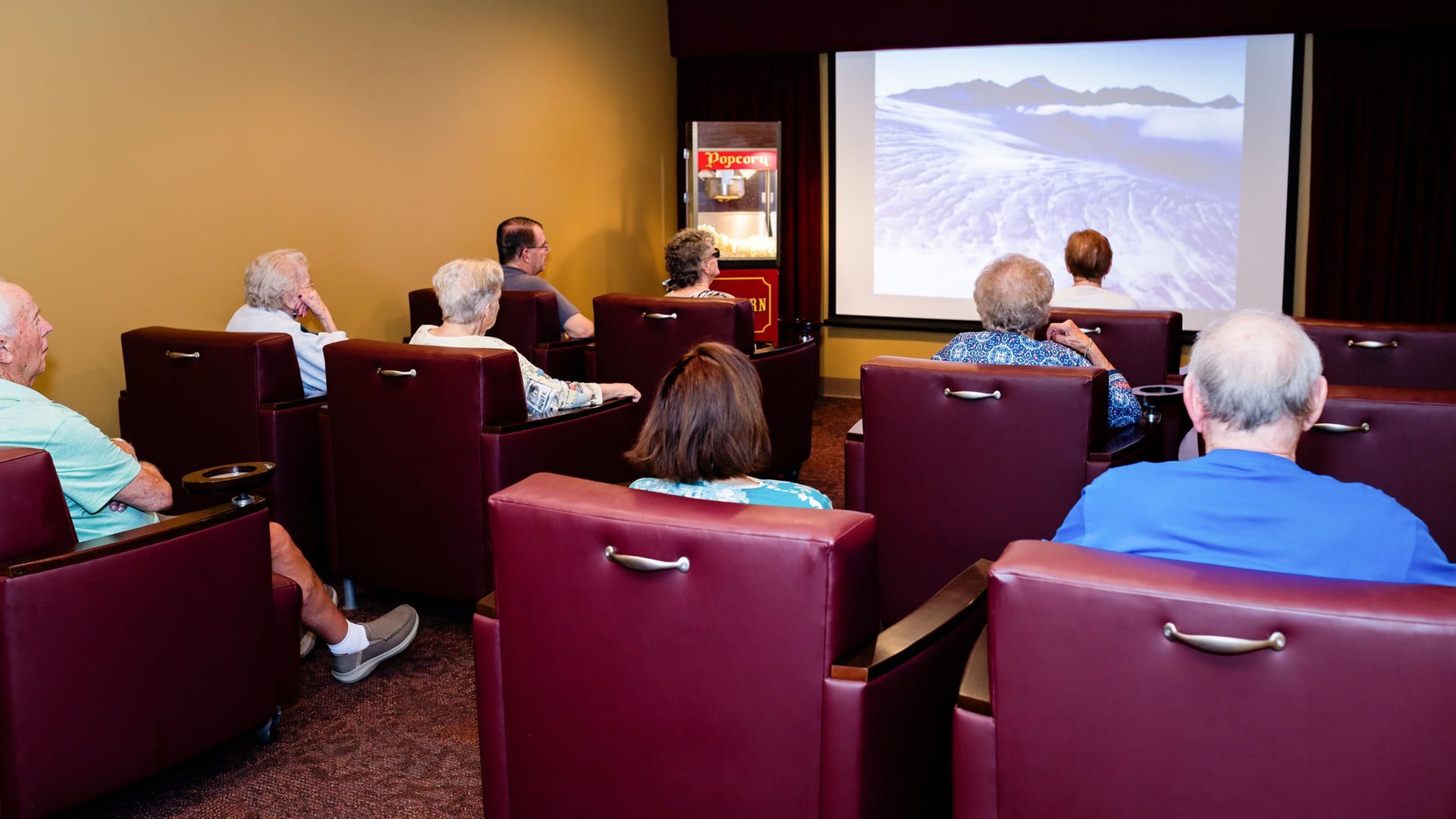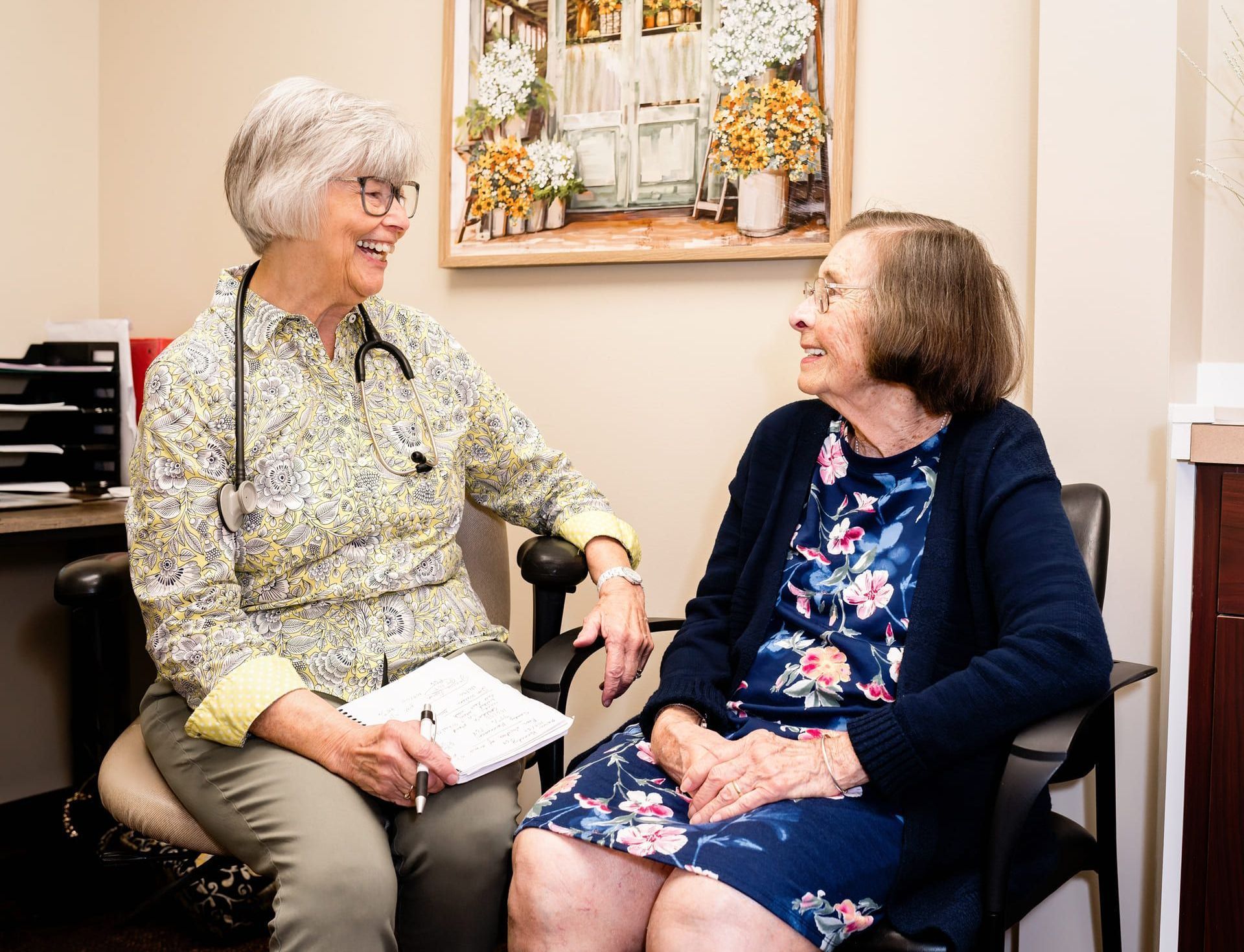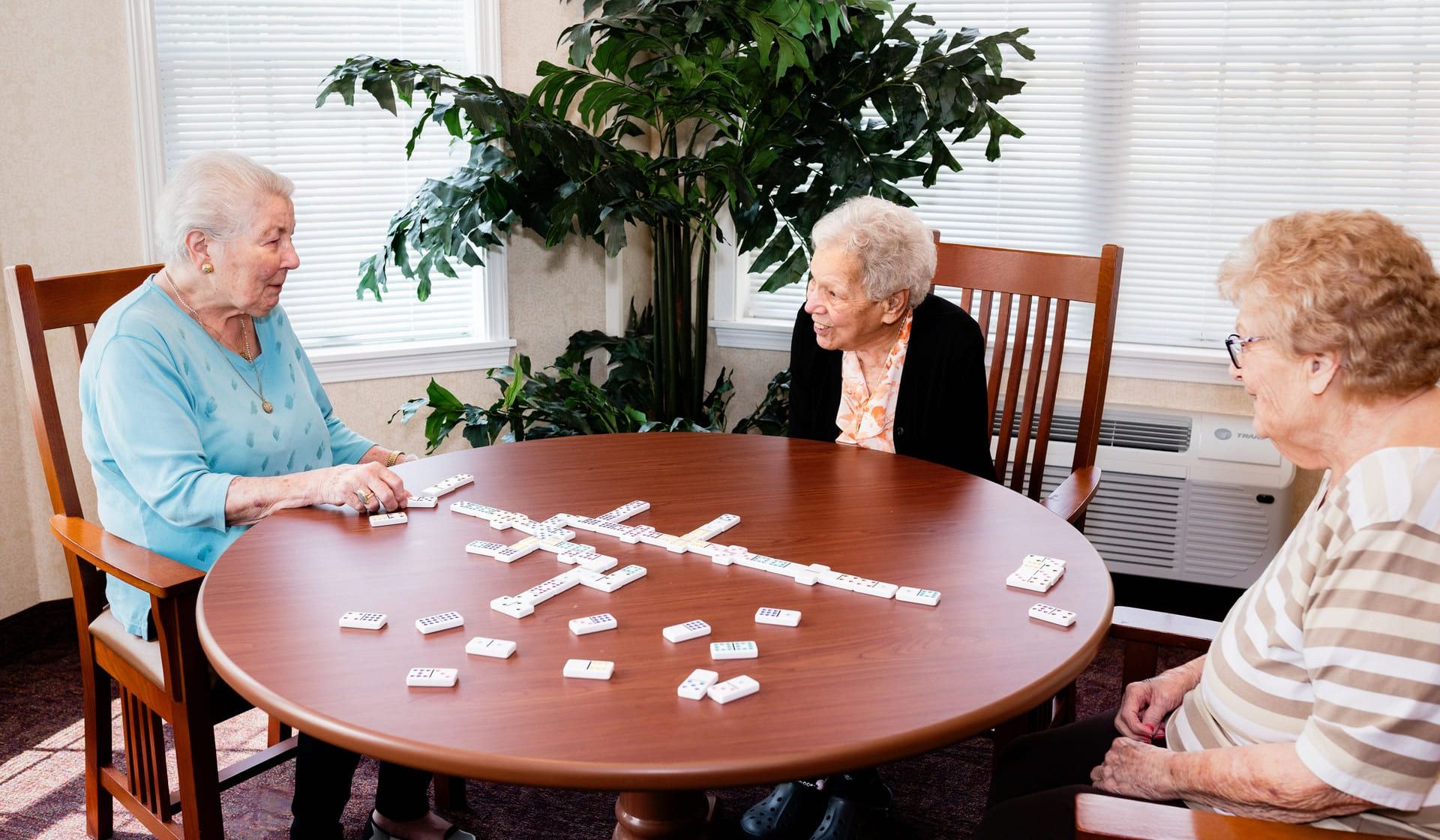Elder Abuse Awareness and Prevention in Assisted Living
How Heathwood Prevents Elder Abuse: Recognizing and Protecting Our Most Vulnerable
If you have an elderly loved one, you’ve likely heard about elder abuse—and the thought alone can be deeply unsettling. At Heathwood Assisted Living, we share your concerns. That’s why we’ve made it our mission not only to care for seniors with compassion and dignity, but also to actively prevent elder abuse before it ever begins.
Elder abuse takes many forms—physical, emotional, financial, and even neglect. Unfortunately, it often goes unnoticed, especially when the victim may feel too afraid or ashamed to speak up. But with proactive steps, professional training, and a culture of accountability, elder abuse can be prevented.
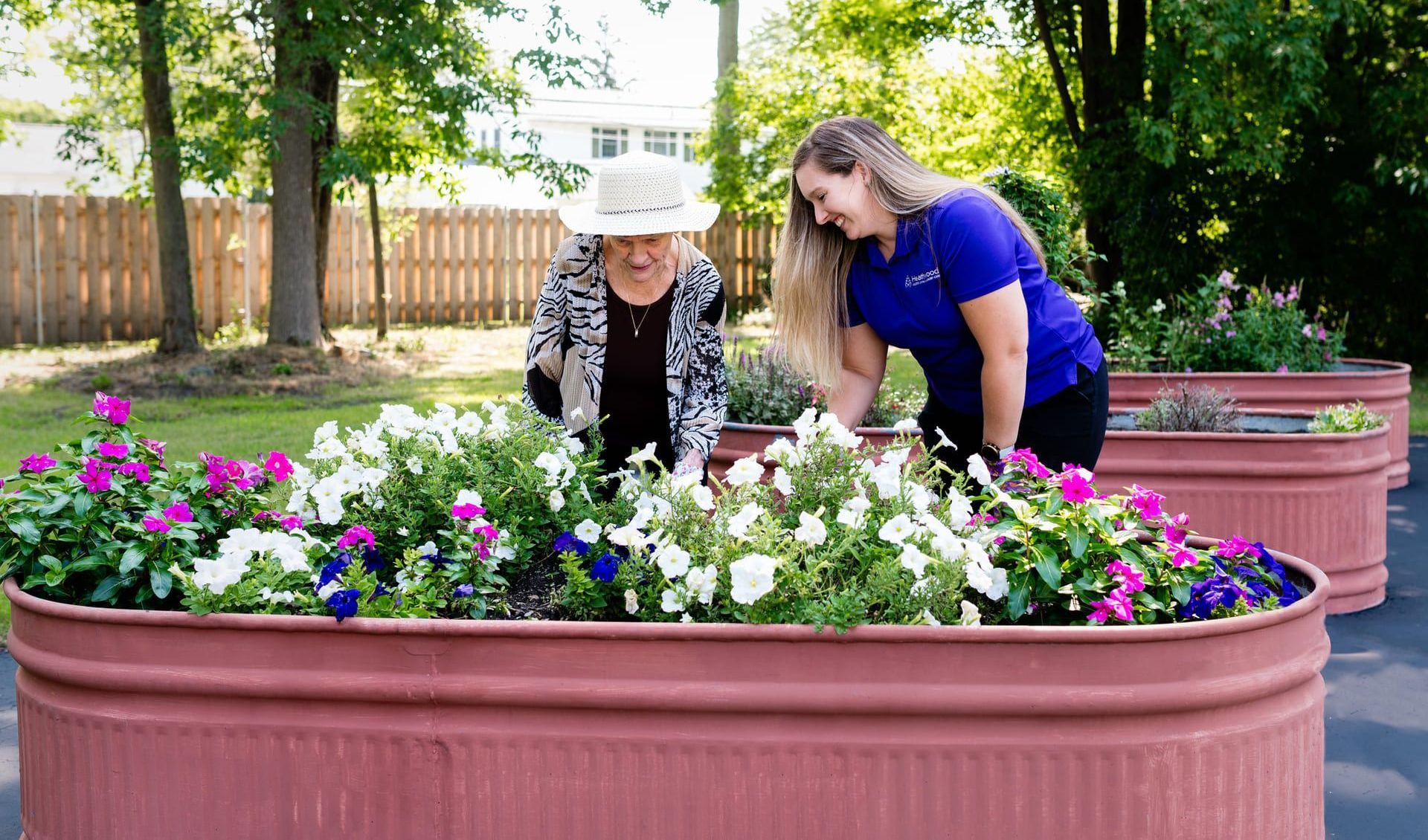
What Is Elder Abuse?
When a person older than age 60 is physically or emotionally abused, neglected, or taken advantage of financially, it is called elder abuse. Elder abuse does not discriminate. It can affect anyone regardless of age, sex, race, religion, or ethnic background. Furthermore, while many people assume that only nursing home employees abuse the elderly, that’s not the case. Family members, health care providers, and friends can also be responsible for elder abuse.
Sadly, the
National Institute on Aging finds that elder abuse affects hundreds of thousands of people every year. That’s why it’s so important for loved ones and caregivers to understand the signs and know what to watch out for. It’s the best way to keep our elders safe.
Types of Elder Abuse
Physical
Physical abuse is what most people will think of when they hear the term elder abuse. This is causing someone bodily harm by hitting, pushing, or slapping. It can also refer to keeping an elderly person confined against their will.
Emotional
This type of elder abuse is also called psychological abuse. It involves using hurtful language, yelling, threatening, and even ignoring an elderly person. Keeping seniors from seeing friends and loved ones is another form of emotional abuse.
Neglect
Neglect occurs when the caregiver responsible for an elderly person fails to meet their physical, emotional, and/or social needs. It can include withholding food, medications, and access to health care services.
Abandonment
This is leaving an elderly person to fend for themself without setting up a proper care plan.
Sexual
As the name implies, sexual abuse occurs when an elderly person is coerced or forced into participating in or watching sexual acts.
Financial
The theft or misuse of an elderly person’s money or belongings is financial abuse. Forging checks, stealing retirement and/or Social Security benefits, withholding access to money or accounts, and using credit cards without permission are all types of financial abuse. The category can also include changing a will, bank account, insurance policy, or property title without permission.
At Heathwood Assisted Living, you can trust that you or your loved one will never experience any of the above. We treat each member of our community as if they were part of our family.
Recognizing the Signs
Check your elderly loved one for signs of elder abuse whenever you contact them. The following are some symptoms that elder abuse is occurring:
- Withdrawing or acting agitated and/or violent
- Trauma (frequent rocking motions, etc.)
- Otherwise unexplained bruising, scarring, and/or bleeding
- Preventable conditions like bedsores, as these indicate the person has been confined in the same position for a prolonged period of time
- Unsafe and/or unclean living conditions
- Poor personal hygiene
- Lack of personal care items
- Sudden, unexpected financial losses and/or unpaid bills
If you don’t live near your elderly loved one, find a primary caregiver or family friend you trust that is close by and ask them to keep an eye on your loved one. But whether you spot the signs yourself or have them reported to you by someone you trust, let the proper authorities know the moment you suspect that elder abuse is a problem.
Our Approach to Preventing Elder Abuse
Much elder abuse happens in the home, behind closed doors where no one can see. However, there is no denying that assisted living facilities can also be sites of elder abuse. High-quality facilities take steps to ensure that abuse doesn’t happen on their watch. The following are just a few ways our assisted living facility work to keep our residents safe and happy:
Robust Hiring Practices
Most assisted living facilities require their employees to pass stringent background checks and have appropriate certifications. This helps to ensure that all staff members are prepared for their duties and have no history of abusing people in their care.
Comprehensive Training Programs
We require our staff to undergo training to know the signs of elder abuse and to act appropriately if they spot those signs. Learn more about how our staff are vetted and trained to ensure your loved ones get the care they deserve.
Adequate Staffing Levels
Abuse and neglect can be the result of caregivers being overwhelmed as well as actively seeking to do harm. To prevent this, we ensure there is always enough staff on hand to properly care for residents and address their concerns.
Regular Inspections
Regulatory bodies will routinely inspect assisted living facilities for cleanliness and safety to ensure there are no underlying issues.
Creating a Safe and Supportive Environment for Residents
Heathwood Assisted Living is proud to do everything we can prevent elder abuse – starting by keeping our own residents safe. At our locations in
Williamsville and
Penfield, our nursing staff and aides are trained to monitor residents' health status and emotional wellbeing. If you or a loved one needs a higher level of care, we invite you to contact us at Heathwood Assisted Living and
schedule a tourof one or both of our locations.

